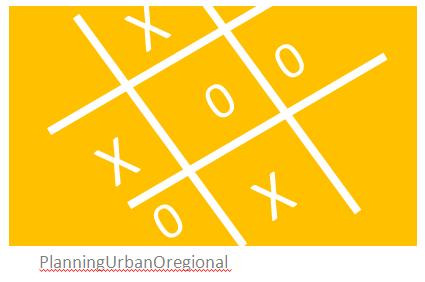Inferences
from review of JNNURM CDP & Appraisal Reports!
Following
sectoral list of “Urban Planning Challenges” have been compiled based on data
extracted and analyzed from JNNURM Comprehensive Development Plan (CDP) for selected
cities of India and its appraisal reports. Though these aspects are generalized
and somewhat overlapping across most of the urban nodes of Indian sub-continent,
lessons and inferences can be equally valuable and applicable for other cities across
the world to considerable extent. It’s just an effort to have a consolidated
perspective and understanding of future urban challenges, you can further suggest
additional planning constraints and challenges to the list!
Comprehensive list of Urban Planning Challenges-
INSTITUTIONAL
Functional
overlap
Jurisdictional
overlap
Issues of
convergence and coordination
POLICY
Disaster
management issues
Governance
issues
Delegation
of functions to the new ULB
Matters
of resource sharing with neighboring states
ECONOMIC
Lack of
value-add sectors
Expansion
of informal sector
Continued
influx of low skill manpower from neighboring states in some cases
Expanding
un-organized sector
Lower
work participation rates of women at some places
SOCIAL
Issues of
urban sociology in a multi-ethnic city
Social
unrest,
Civil
disobedience,
Public
safety,
Unemployment,
MUNICIPAL
FINANCE
Unstructured
financial profile of urban local bodies
Capital
investment requirement
High
level of dependency on state government grants
Un-assessed
properties for property tax base
Tax rates
not being revised regularly
Irregular
flow of specific grants
Irregular
servicing of debt
PROPERTY
Low
coverage of properties by taxation
Low
collection efficiency,
Inefficient
user charge
SLUMS
& URBAN POOR
Security
of tenure
Quality
of housing
Access to
infrastructure
Rehabilitation
and resettlement
Problem
of sanitation
Community
toilets
Inadequate
night shelters and security
High
density with poor infrastructure
Issue of
‘unapproved slums’
PLANNING
Infrastructure
deficits
Unplanned
growth
Constraint
on growth in city areas due to natural or environmental constraints
Increasing
gap between demand and supply
Inadequacies
in the basic services in unauthorized clusters
Encroachment,
Non-confirming
land use
Missing
link between physical and fiscal planning
Protecting,
conserving and managing heritage resources
Skewed
spatial density distribution
TRANSPORT
Limited
road space
Shortage
of public transport system
Regional
traffic through the city
Inadequate
management of streetlights
Problems
of roads and transport during festival season
Congestion
in the old city areas
Lack of
facilities for NMV
Rapid
increase in vehicles
Lack of
land use transport integration
Inadequate
facilities for physically challenged, pedestrians
Multiplicity
of agencies
WATER
Nonrevenue
water
Leakages
Losses in
distribution network and transmission main
Inequitable
Distribution
Obsolete
distribution system
High
energy cost in water production and Distribution
Ground
water pollution
Water
supply Vs storage capacity gap
Ground
water depletion
Problems
of water supply on specific festival days
Unequal
intra-city distribution
Inefficient
network hydraulics,
Old and
dilapidated networks
High
pollution in distribution network
River/
Sea odor
Lack or
failure of river action plans
SEWAGE
Release
of untreated municipal waste into rivers
Release
of untreated waste into natural drains and open grounds
Disposal
of industrial effluent into the city rivers,
Soft soil
condition
Storm
water management
DRAINAGE
Frequent
floods
Lack of
proper drainage system
Silting
Uncontrolled
solid waste dumping causing blockage,
Stagnation
of water & waste water runoff
Backflow
of water from the river system
Flooding
during monsoon season
SOLID
WASTE MANAGEMENT (SWM)
Absence
of effective primary collection mechanism
Inadequacy
of waste dumping sites
Lack of
scientific waste disposal
Continued
use of open dustbins
Un-segregated
waste disposal
Land
availability for sanitary dump sites
Issue of
industrial slag
HEALTH
CARE
Inadequate
bed strength
Ill-equipped
and inadequate operation theatre in some government hospitals
Ill-equipped
corporation dispensaries and health posts
Unsafe
hospital waste disposal practice
ENVIRONMENTAL
Depletion
and pollution of water resources,
Degradation
of forest cover
Deteriorating
air quality
High
incidence of environmental health problems
NATURAL
Earthquake
Fire
Possibility
of epidemic events

.jpg)








